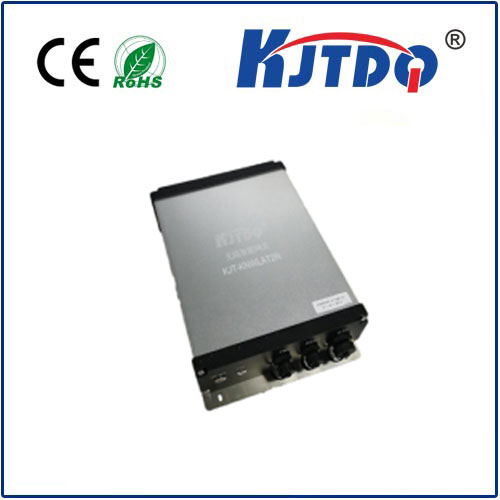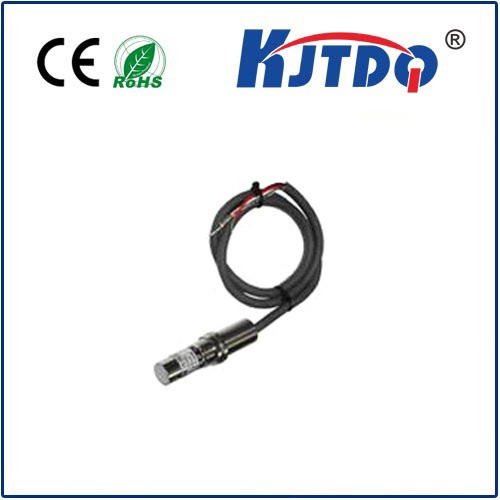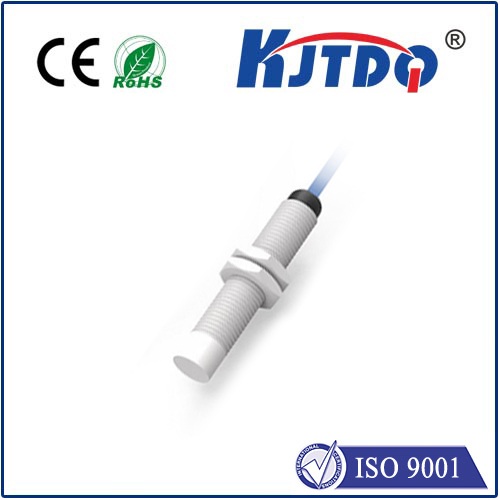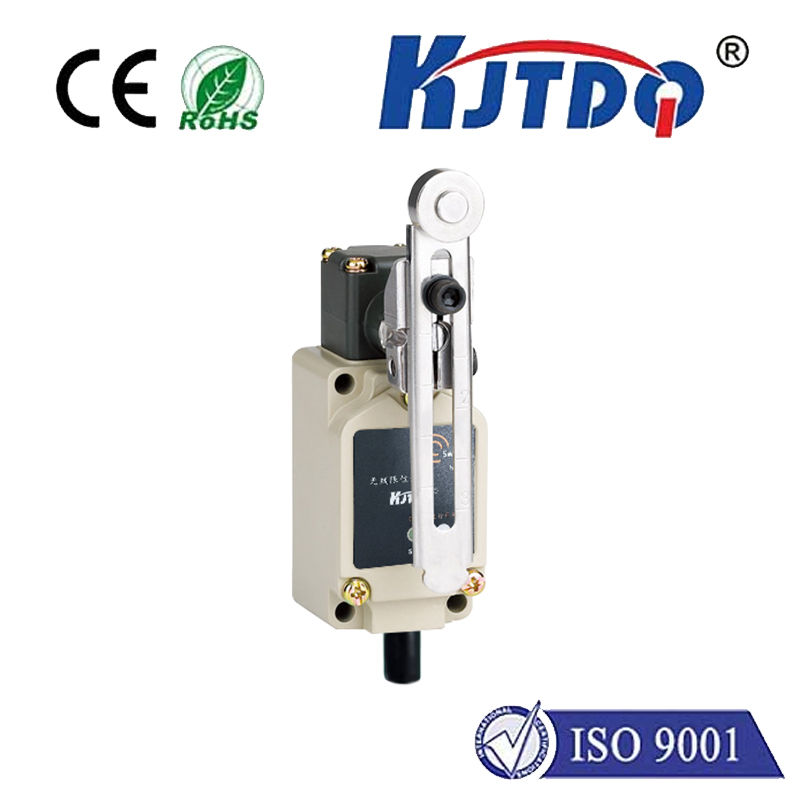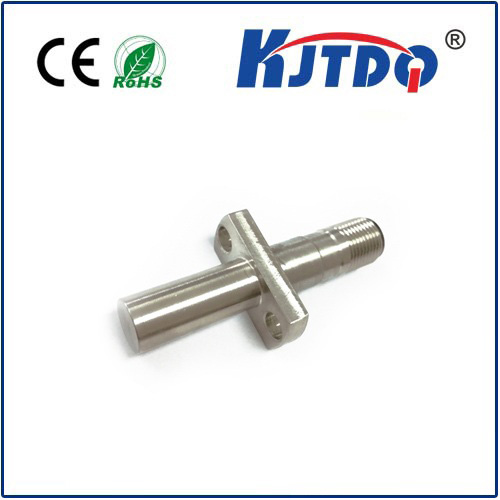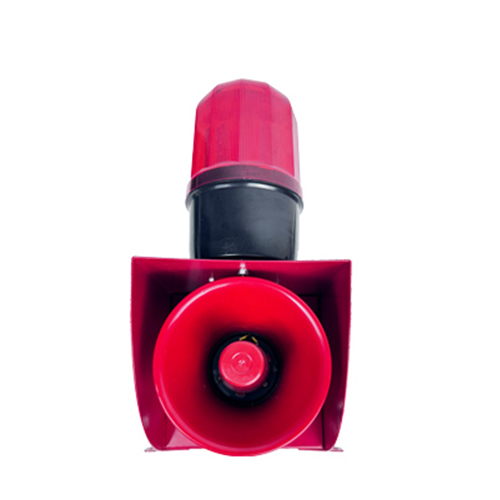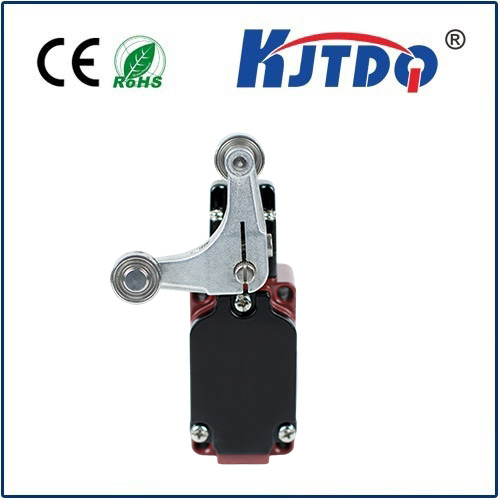laser proximity sensor arduino
- time:2025-03-19 01:30:49
- Нажмите:0
How to Use a Laser Proximity Sensor with Arduino for Accurate Distance Measurement
In the world of electronics and automation, precision is key. Whether you’re building a robot, designing a smart device, or creating an interactive art installation, measuring distance accurately is often a critical requirement. This is where a лазерный датчик приближения comes into play. When paired with an Arduino, this powerful combination opens up a world of possibilities for projects that demand high accuracy and reliability.
In this article, we’ll explore how to integrate a laser proximity sensor with Arduino, the benefits of using this technology, and some practical applications that showcase its potential.
What is a Laser Proximity Sensor?
A laser proximity sensor is a device that uses a laser beam to detect the presence of an object and measure its distance. Unlike traditional ultrasonic or infrared sensors, laser sensors offer higher precision and can operate over longer distances. They work by emitting a laser beam and measuring the time it takes for the beam to reflect off an object and return to the sensor. This data is then used to calculate the distance.
The key advantages of laser proximity sensors include:

- High accuracy: Laser sensors can measure distances with millimeter-level precision.
- Long range: They can detect objects at greater distances compared to other types of sensors.
- Fast response time: Laser sensors provide real-time measurements, making them ideal for dynamic applications.
Why Use an Arduino with a Laser Proximity Sensor?
Arduino is a versatile and beginner-friendly microcontroller platform that simplifies the process of interfacing with sensors and other components. By connecting a laser proximity sensor to Arduino, you can easily process the sensor’s data and use it to control other devices, display information, or trigger actions based on specific conditions.
Arduino’s open-source nature and extensive library support make it an excellent choice for experimenting with laser sensors. Whether you’re a hobbyist or a professional, Arduino provides the flexibility to bring your ideas to life.
How to Connect a Laser Proximity Sensor to Arduino
Connecting a laser proximity sensor to Arduino is a straightforward process. Here’s a step-by-step guide:
- Gather the Components:
- Arduino Uno or any compatible board
- Laser proximity sensor (e.g., VL53L0X or similar)
- Jumper wires
- Breadboard (optional)
- Wiring the Sensor:
- Connect the VCC pin of the sensor to the 5V pin on the Arduino.
- Connect the GND pin to the GND pin on the Arduino.
- Connect the SCL pin to the A5 pin (or SCL pin) on the Arduino.
- Connect the SDA pin to the A4 pin (or SDA pin) on the Arduino.
- Install the Required Libraries:
Open the Arduino IDE and install the necessary libraries for your sensor. For example, the VL53L0X sensor requires the
Adafruit_VL53L0X library.
- Write the Code:
Here’s a simple example to get started:
# Включая# Включая
Adafruit_VL53L0X lox = Adafruit_VL53L0X();
void setup() {
Serial.begin(9600);
if (!lox.begin()) {
Serial.println("Failed to boot VL53L0X");
while(1);
}
}
void loop() {
VL53L0X_RangingMeasurementData_t measure;
lox.rangingTest(&measure, false);
if (measure.RangeStatus != 4) {
Serial.print("Distance: ");
Serial.print(measure.RangeMilliMeter);
Serial.println(" mm");
} else {
Serial.println("Out of range");
}
delay(100);
}
- Upload and Test:
Upload the code to your Arduino and open the Serial Monitor to view the distance measurements.
Practical Applications of Laser Proximity Sensors with Arduino
The combination of a laser proximity sensor and Arduino can be used in a wide range of applications, including:
- Робототехника:
Robots often need to navigate their environment and avoid obstacles. A laser sensor provides precise distance data, enabling smoother and more accurate movement.
- Промышленная автоматизация:
In manufacturing, laser sensors can be used to monitor the position of objects on a conveyor belt or ensure proper alignment of components.
- Smart Home Devices:
Laser sensors can enhance smart home systems by detecting the presence of people or objects. For example, they can trigger lights or alarms when someone approaches.
- Interactive Art:
Artists and designers can use laser sensors to create interactive installations that respond to the movement or proximity of viewers.
- Drones and UAVs:
Drones equipped with laser sensors can measure their altitude or distance from obstacles, improving safety and stability during flight.
Tips for Optimizing Performance
To get the most out of your laser proximity sensor and Arduino setup, consider the following tips:
- Calibrate the Sensor: Ensure the sensor is properly calibrated for your specific application.
- Minimize Environmental Interference: Avoid placing the sensor in areas with excessive dust, smoke, or reflective surfaces, as these can affect accuracy.
- Use Appropriate Power Supply: Ensure the sensor and Arduino are powered correctly to avoid voltage fluctuations.
- Experiment with Different Sensors: Depending on your project’s requirements, you may need to test multiple sensor models to find the best fit.
By leveraging the precision and versatility of a laser proximity sensor with Arduino, you can create innovative solutions that push the boundaries of what’s possible in electronics and automation.

